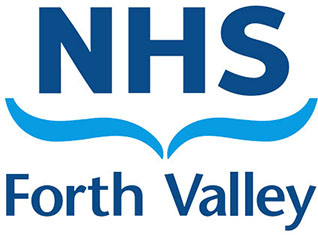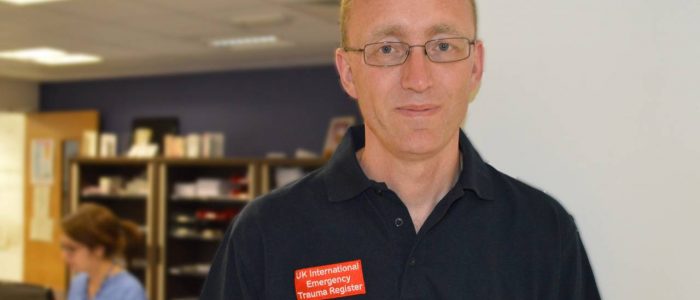Forth Valley Doctor Helps Quake Victims in Nepal
Teddies belonging to a Dunblane family were handed over to victims of the Nepal earthquake, during a mercy mission to the Katmandhu area by their hospital consultant father.
Dr Paul Holmes, an Obstetrician and Gynaecologist at Forth Valley Royal Hospital at Larbert, took the fluffy toys with him after he volunteered to help after the first earthquake struck, leading to the deaths of 88,000 people and injuring 23,000.
He explained: “My family were very supportive and when my kids heard I was flying out there they gave me their teddies and asked me to pass them on. There were a couple of women with babies who had no teddies because they had lost everything, so I was able to hand them over. I am proud of my children for being so thoughtful.”
Dr Holmes, a father of four and member of the Ochils Mountain Rescue, put his name forward for the UK International Emergency Trauma Register after chatting with a hospital colleague. When he arrived in an area one hour east of Kathmandu he said the majority of buildings were still standing and supermarkets were open. However you would turn a corner and see several buildings collapsed; there was no pattern to the damage.
To help prepare for working overseas Dr Holmes went on a number of training courses and in March this year he spent a weekend under canvas in a field in Northampton setting up a field hospital – a bit like ‘Mash’. Actors took on various simulated roles appearing with wounds, bandages, disease, and medical and surgical obstetric emergencies and it was these kinds of scenarios which he believed he would be faced with. However, the reality was somewhat different. He explained: “I thought we would be busy treating people all the time but we never deployed our field hospital. Instead I was directed to Dhulikhel Hospital, which, like Forth Valley Royal Hospital, has around 3,000 births a year but just three labour rooms.”
Here he witnessed some of the effects of the earthquake on Mums giving birth. One woman who had received a fractured femur ended up with a stillbirth, as did another patient with a pelvic fracture.
Dr Holmes said: “Staff there felt there was a peak in incidents of stillbirth, and more unexplained than usual.”
Dr Holmes’ duties mainly involved scanning. A week later he was attending a three hour briefing on being moved to outreach villages, but five minutes after this finished, was told he was to fly home that evening. Ironically it was these remote settlements that were the epicentre of the second earthquake which killed over 100 people.
Looking back on his experiences Dr Holmes said it wasn’t exactly what he expected but that he wouldn’t hesitate to volunteer again.
He explained: “As a doctor I have always been interested in helping out in emergencies and felt I had something to offer. I would certainly volunteer for another deployment and would say to anyone that if you want to do something like this you should do it. I found it very rewarding and it was a privilege to go out there and hopefully do some good.”
Dr Holmes also said he appreciated the support from his colleagues and department managers in NHS Forth Valley. Chatting unofficially to other medics employed he felt they had been particularly good at smoothing the path for him to undertake this mercy mission. He had also had the backing of his wife and three girls and one son, although he admitted that the question of life insurance had been aired during discussions!





